Hill Charts - A Visual Tool for Communicating Progress
Hill charts are one of my favourite tools that I've come across recently. They are very simple yet effective tool that I encourage you to experiment with.
The Hill Chart is split into two quadrants. The first part being Discovery. This is where you're figuring things out and you might have some uncertainty, some unknown and problems to solve. This part of the climb usually takes a little longer as it can be hard to push things uphill!
Once you're at the top and you have figured things out, you are then ready for execution mode. You have certainty, confidence and you're ready to make it happen and deliver. Pushing things downhill is always easier so this is often a bit quicker.
When you have got to the top of the hill and figure things out this might be a good time to start splitting up the work. Perhaps you could split the work into features, experiments or releases.
Three Benefits of Hill Charts:
1. Very easy to use and get started
Using Hill Charts gives you a nice tool to communicate progress. It provides a clear picture at a glance and a reference point on the cycle from discovery to delivery. It works as an artefact to share with sponsors and as a sense making tool with team members.
2. Easier to interpret than burn ups
Many teams use burn-ups but I actually prefer Hill charts in a lot of situations as burn ups can be hard to produce and interpret. They are great for showing changes in scope and forecasting completion dates but do not offer a whole view picture of what the actual scope actually contains.
3. Better than reporting on percentage complete
Something I often come across is people asking teams for a percentage complete of key work items or stages. This can be really hard to work out and quite often is usually just guess work. Reporting in absolute percentages also gives a false sense of precision and it can make teams feel uncomfortable communicating something they may be unsure of.
I urge you to give Hill Charts a go. They can world great alongside other key artifacts such as backlogs, story maps or roadmaps.
I give credit to learning about Hill Charts from Shape Up produced by the team at Basecamp and to those in the Perth Agile community that brought these novel ideas to my attention.
I'm not keen on the idea of the six week cycles in Shape Up and found that this didn't often work with teams in different contexts. I find Hill Charts can be applied in many different situations and I have found them very useful.
Hill Charts of one of many tools we cover in the Proven Product Owner training and internal coaching service. Check out our in person training course or please get in touch if you would like some support with internal capability uplift or agile discovery and execution.

